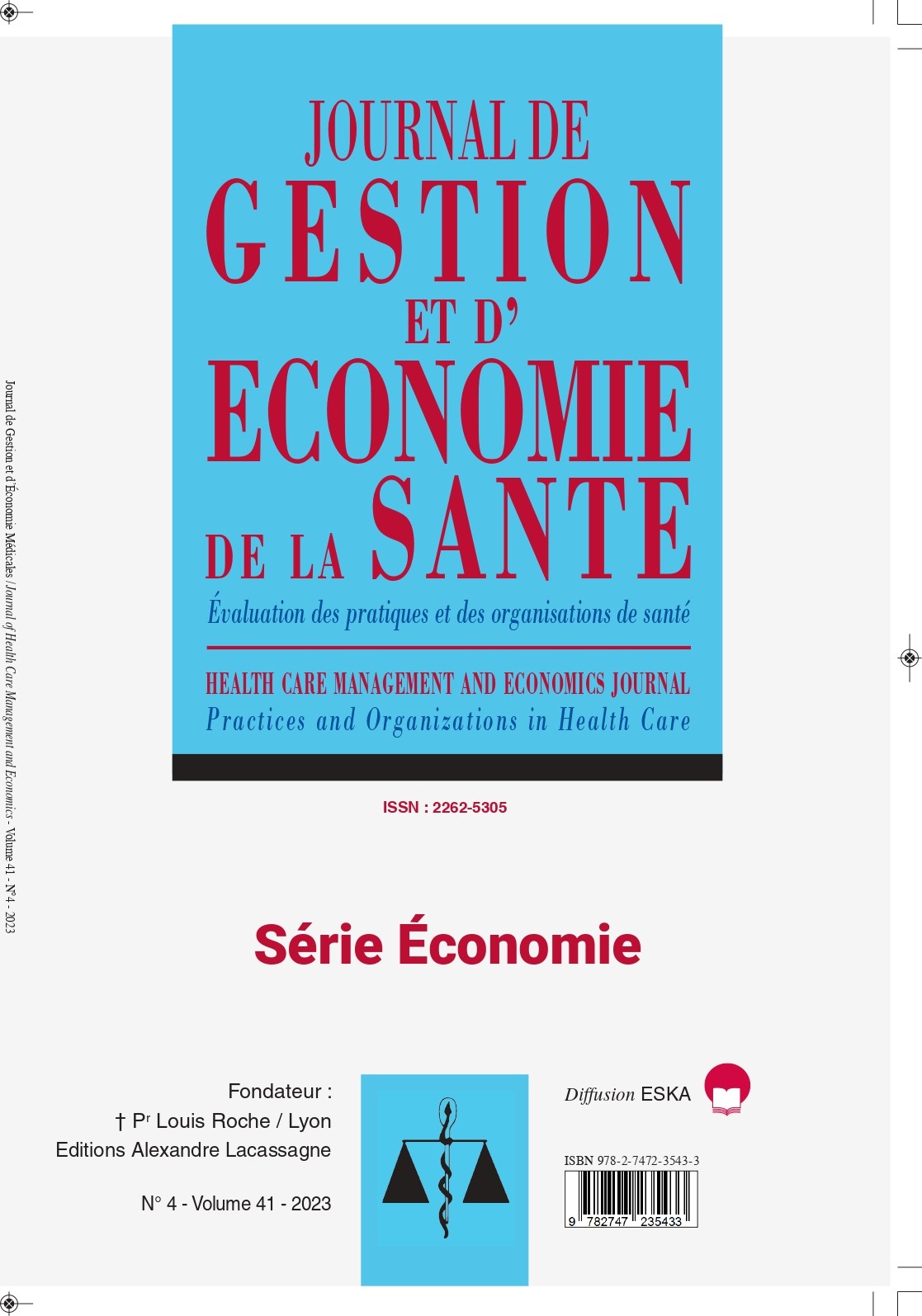“CARDINALIZING” SELF-ASSESSED HEALTH IN STUDIES OF HEALTH INEQUALITIES: RISKS AND CHALLENGES OF SCALING ON HEALTH UTILITY MEASURES
Keywords:
Self-assessed health, health utility, cardinalization. “Cardinalizing” Self-Assessed Health: Rejoinder to van Doorslaer and Jones 2003Abstract
Self-assessed health (SAH) is a widely used measure of health. It is easy to administer, captures a general and subjective assessment of health, and correlates well with objective measures of health and future health. However, its ordinal nature has posed an analytical challenge, especially for the measurement of inequality in health, and debate continues on how best to derive a cardinal value based on the ordinal information. The “state-of-the-art” method, proposed by van van Doorslaer and Jones, 2003, uses interval regression with the bounds derived from the empirical distribution of a health utility measure. In this paper, we show that the method is sensitive to many choices that are often overlooked, including the choice of the scaling variable. Because the scaling variable is often a cardinal health- utility measure we raise doubt on the assumption underlying the method that SAH and any health utility measure capture the same concept of health. Using the Canadian National Population Health Survey, the Canadian Community Health Survey, and the US National Health Measurement Survey, we empirically show that the measurement of health inequality is highly sensitive to the choice of the population on which the scaling variable is measured and the choice of the health utility measure itself. We empirically demonstrate the lack of concordance in health rankings between SAH and four health utility measures commonly used in the literature (EQ-5D, SF-6D, HUI3, and QWB). This suggests that the high sensitivity of health inequality to scaling choices may arise due to different constructs captured by SAH and health utility.
Published
How to Cite
Issue
Section

This work is licensed under a Creative Commons Attribution-NonCommercial 4.0 International License.









